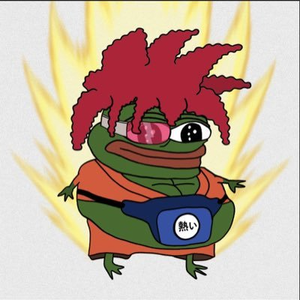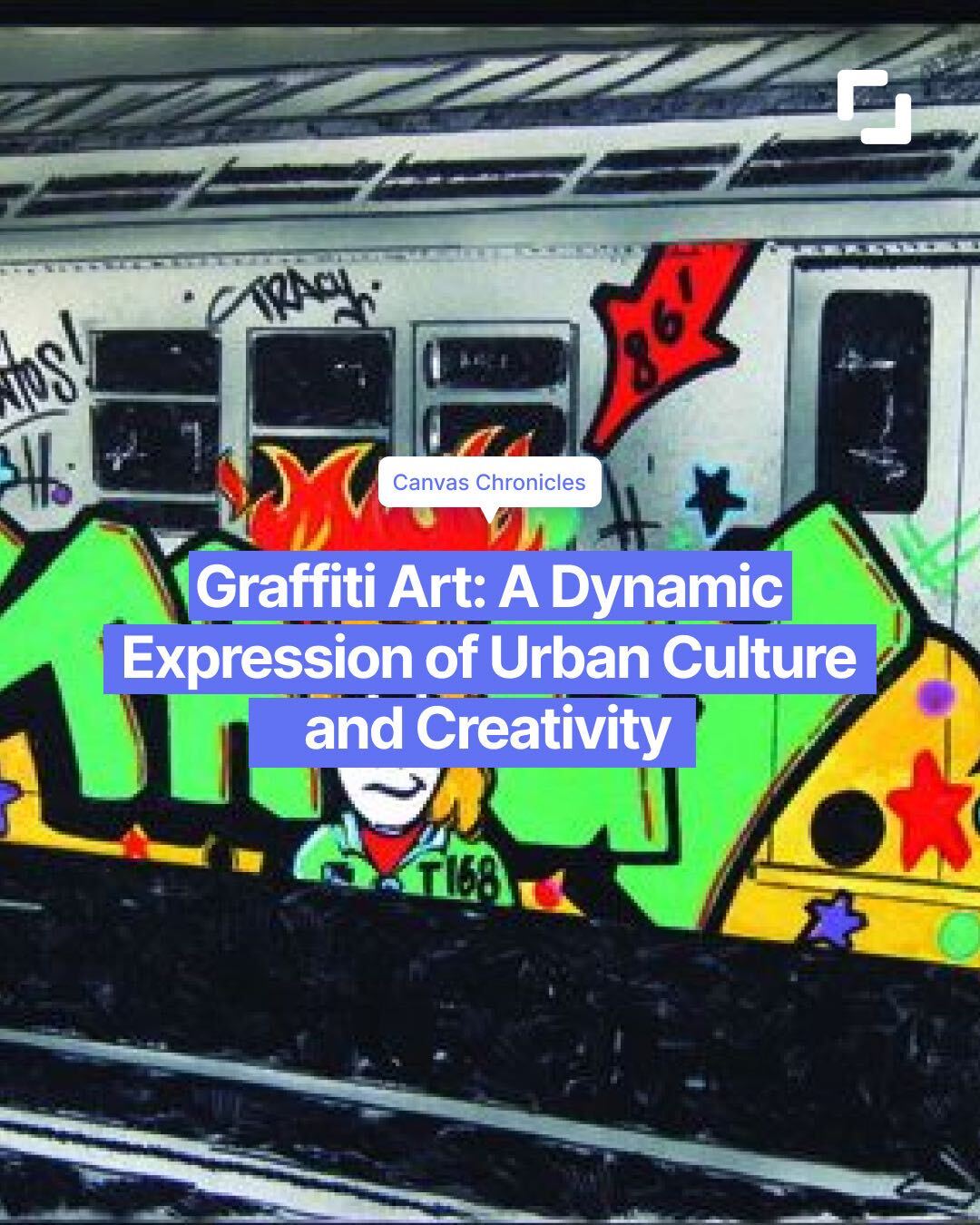Graffiti art, often seen adorning the walls of city streets and subway stations, has emerged as a vibrant and influential form of artistic expression within urban culture. Rooted in a rich history and populated by a plethora of talented artists, graffiti has evolved from its humble beginnings into a legitimate and captivating art movement that continues to leave its mark on the world.
A Journey through Time
Graffiti art finds its origins in ancient civilizations, where inscriptions and drawings were etched onto walls and surfaces as a means of communication and record-keeping. However, it wasn't until the late 1960s and early 1970s that modern graffiti began to take shape, particularly in the boroughs of New York City. Emerging alongside the burgeoning hip-hop culture, graffiti became a form of visual expression for disenfranchised youth, reflecting social and political realities.
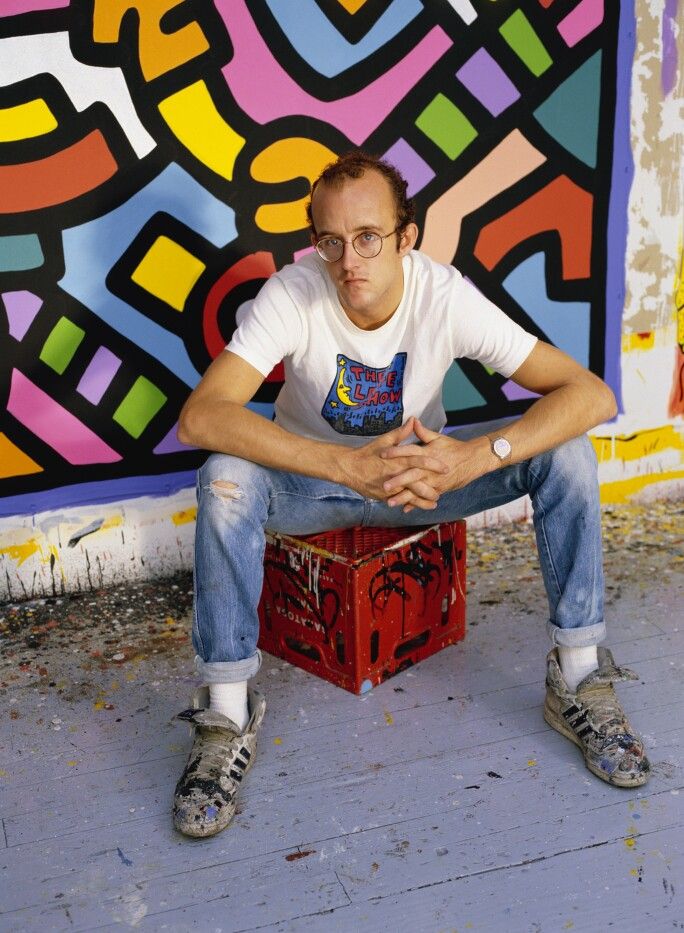
Shaping the Landscape of Graffiti Art
Numerous artists have left an indelible mark on the graffiti art movement. Among them, Keith Haring, Jean-Michel Basquiat, and Futura 2000 stand out for their innovative styles and contributions. Haring's iconic pop art-infused graffiti, often featuring radiant babies and dancing figures, transformed urban spaces into colorful and captivating canvases. Basquiat's fusion of street art and abstract expressionism added depth and socio-political commentary to the movement, while Futura 2000 introduced an avant-garde, futuristic approach that pushed the boundaries of traditional graffiti.
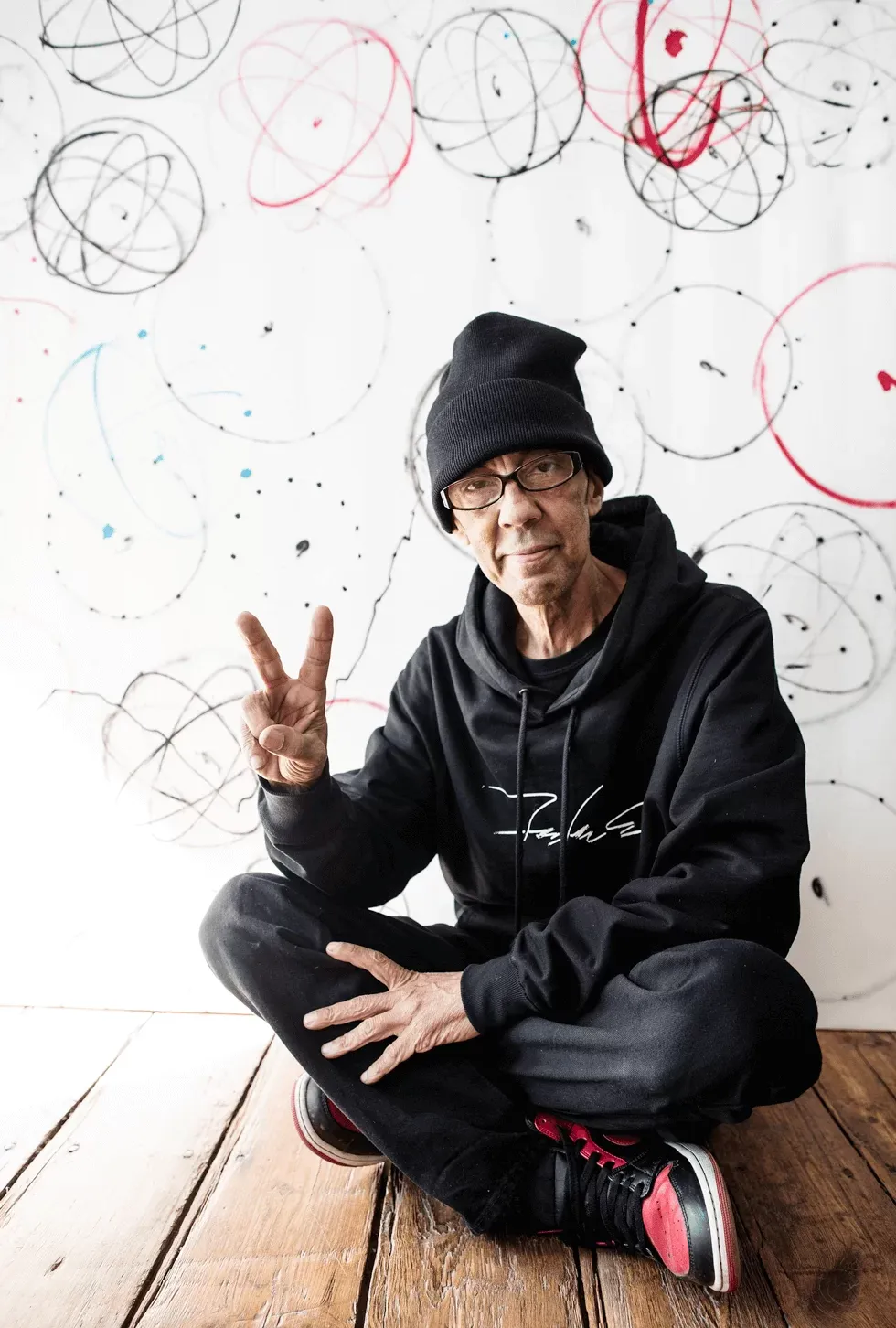
Graffiti's Message and Meaning
Graffiti art represents a myriad of themes and messages, often acting as a visual dialogue with the cityscape and its inhabitants. It can convey social and political commentary, challenge conventional norms, and serve as a platform for marginalized voices. Graffiti's ability to provoke thought and emotion within public spaces grants it a unique power to spark conversations and inspire change.
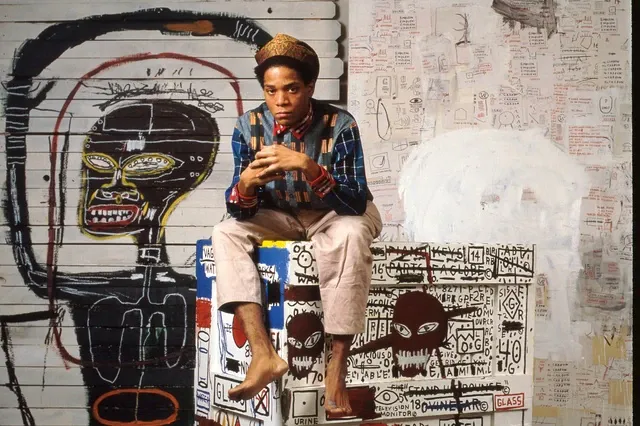
The Value of Graffiti Art
In recent years, graffiti art has transcended its street origins and found its way into galleries and auction houses. Notably, Banksy, an elusive British street artist, has captured the attention of the art world with his thought-provoking and often satirical stenciled works. In 2019, his piece "Devolved Parliament," depicting the British House of Commons populated by chimpanzees, sold for a staggering $12.2 million, breaking records for the sale of a work by a living street artist.

A Cultural Shift
Graffiti art's influence extends beyond its own medium, leaving a great mark on the broader art scene. Elements of graffiti, such as vibrant colors, bold lines, and unconventional materials, have seeped into various art forms, from painting to fashion and graphic design. Street art festivals and exhibitions now celebrate the genre's creativity and impact, elevating graffiti artists to the status of respected contemporary creators.
From Local Walls to International Inspiration
The impact of graffiti art is felt on a global scale, transcending geographical boundaries and cultural differences. This dynamic art form has united communities and empowered individuals to reclaim public spaces, often serving as a vehicle for cultural preservation and social activism. Moreover, graffiti art's fusion of visual aesthetics and cultural storytelling has propelled it into the realm of popular culture, influencing music, film, and literature.
Unveiling the Quirks of Graffiti
- Banksy's Identity: The true identity of Banksy, one of the most famous graffiti artists, remains a mystery, adding an air of intrigue to his work.
- Interactive Murals: Some graffiti artists create interactive pieces that incorporate real-world objects, allowing viewers to become part of the artwork.
- Reverse Graffiti: Some artists employ a technique called reverse graffiti, where they clean away dirt and grime from surfaces to create images and text, leaving behind striking and temporary designs.
- Graffiti Languages: Different cities have distinct graffiti styles and languages, reflecting the local culture and influences.
- Graffiti Archaeology: Over time, layers of graffiti can accumulate on urban surfaces, providing a historical record of a city's evolving artistic landscape.
Graffiti's Enduring Legacy
Graffiti art's journey from illicit acts of vandalism to celebrated artistic expression underscores its resilience and impact. From the vibrant streets of New York City to the alleys of London, graffiti has evolved into a dynamic and influential movement, challenging conventions and shaping contemporary culture. Its ability to transcend borders, inspire dialogue, and captivate audiences reaffirms graffiti's place as a potent force within the world of art.
Graffiti on Exchange Art:
1.S.CREW #3 by CLINTXVX
A beautiful bold piece made by CLINTXVX, where we can see different types of graffiti art from tags to lettering.

2.Ink on Wheels by Royes__
Graffiti art goes beyond mere vandalism; it represents a form of creative rebellion that challenges conventional notions of art and its presentation.
3.VISION | Polaroid #4 by Andrew LyKo
This artwork blurs the line between fine art and street culture, embracing a raw and unfiltered aesthetic that captures the energy and essence of the urban environment.

4.Edith Summer Tour 22 by wetiko
Tags highlight key features in the portrait, while lettering adds context and artistic touches. This dynamic fusion enhances understanding and aesthetic appeal, offering a multi-layered experience that bridges imagery and language.

5.Wish by bujangNFT
BujangNFT encourages a celebration of personal identity and challenges conformity.

6. Paveo Resa Halloween Shenanigans by notpaveo
As a dynamic and ever-evolving medium, graffiti art continues to shape and be shaped by the world around it, leaving its mark on the canvas of urban landscapes worldwide, like this train, painted by notpaveo.

7. Color graffiti by AngryBunny
In this composition we can see a wide range of materials, including spray paint, markers, and stencils. Those are all characteristic for graffiti art.

8. Galactus' Herald by Prireza
Galactus' Herald, a beautiful composition filled with details, bold colors, tags, figures and dynamic postures is what makes this artwork worth of appreciations.

9. NGMI by Peanug
Graffiti art can range from simple tags like the artist's signature, in this case: Peanug, to complex murals that convey intricate stories or messages.
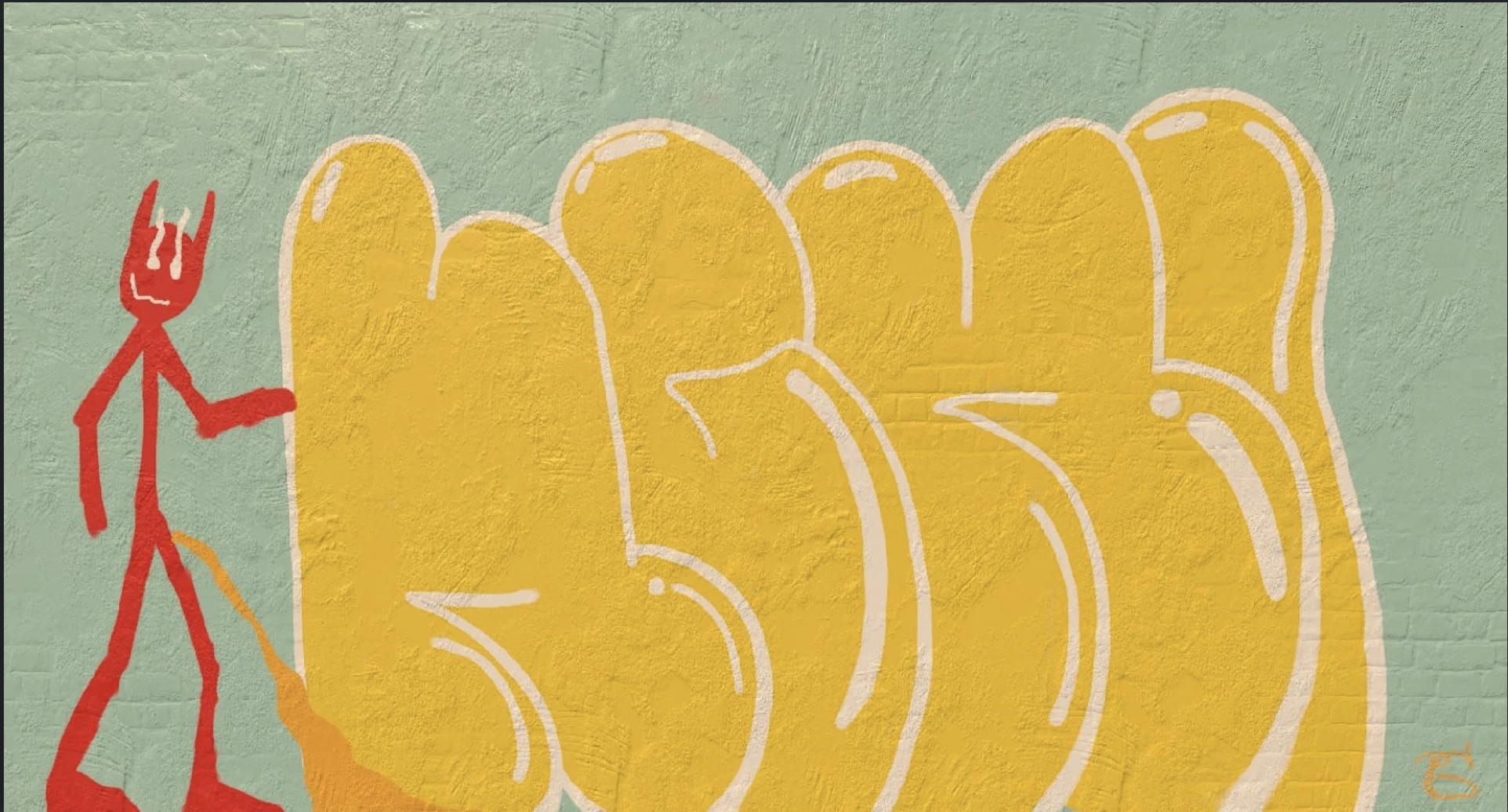
10. REVAMP #1 by Alleycats Collective
Amazing example of traditional lettering.

11.GLYPH #003 by HATS.
The combination used by HATS. of minimalistic line drawings with tags offers a concise representation of subjects, capturing their essential features and expressions.

12.Metagraffiti 2 by Alleycats Collective
Over time, graffiti has evolved from being considered illegal vandalism to being recognized as a legitimate art movement that has influenced various art forms and cultural trends.
G

